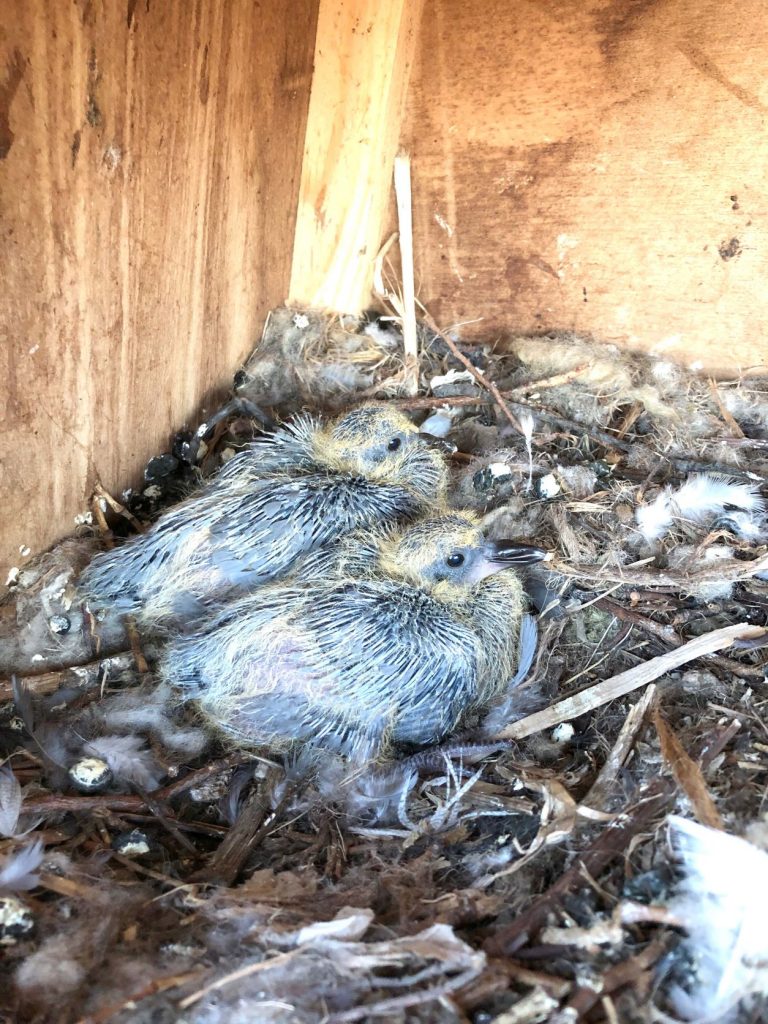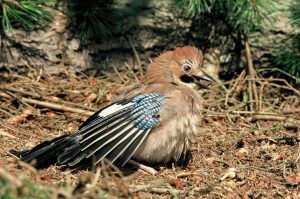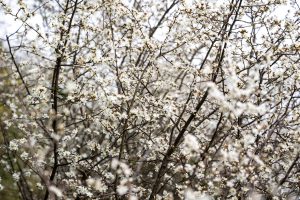When do garden birds start nesting in the UK?
As we start to head into winter and the long cold nights that come with it, now might seem a bit early to start thinking about when the birds that visit and live in our gardens start to nest. But actually November is a good month to learn more about the subject, as some species start nesting surprisingly early, and others will benefit from help you can give them now ready for breeding next spring.
A further and very topical factor in when birds breed, is that climate change seems to be bringing typical dates forward for a number of common garden species. Indeed, one study shows that, on average, birds are laying their first eggs 25 days earlier compared to 100 years ago.
Which is the first species of garden bird to nest?
This distinction would have to go to the Wood pigeon, though actually it’s less about ‘first’ and more about an ability to breed all-year-round! That said, the main nesting and breeding period for Wood pigeons starts in very early spring, but birds in rural areas where there are winter crops which include oil seed rape, may well raise young in the winter months as well. The reason this is possible is because Wood pigeons are able to feed only on plant material (plants in the cabbage family being key), which they convert in their crop (which is located in the bird’s neck) to a type of milk which is then regurgitated and fed to their chicks.
Songbirds start nesting in February
The earliest any of our garden songbirds start nesting is February, and perhaps surprisingly it’s generally the delicate Long-tailed tit which gets going with nest building first – which can take a pair up to three weeks to complete. But it’s March when more common species like Robin and Blackbird get their nest building going, with eggs laid shortly afterwards and into early to mid-April.
Summer migrants nest later as they need insects
The songbirds which migrate from southern Europe and Africa to the UK in the spring to breed, are all species which essentially feed on insects and in particular flying insects. Therefore they typically nest and lay their eggs later in the season compared to our resident songbirds, with a good example being House martins which arrive back in the UK during April and May, with breeding taking place May to August. Spotted flycatchers are even later, and having arrived back here in late April and well into May, breeding takes place between May and July – and often in gardens if there is suitable habitat.
Garden bird nesting is all over during August
With the possible exception of Wood pigeon as we outlined earlier, our garden birds have all finished breeding during August or before. Species like Blackbird which have multiple broods (in the Blackbird’s case usually two or three broods but five has been known) are the last to finish, with the obvious reason being the time taken to raise so many young birds.



